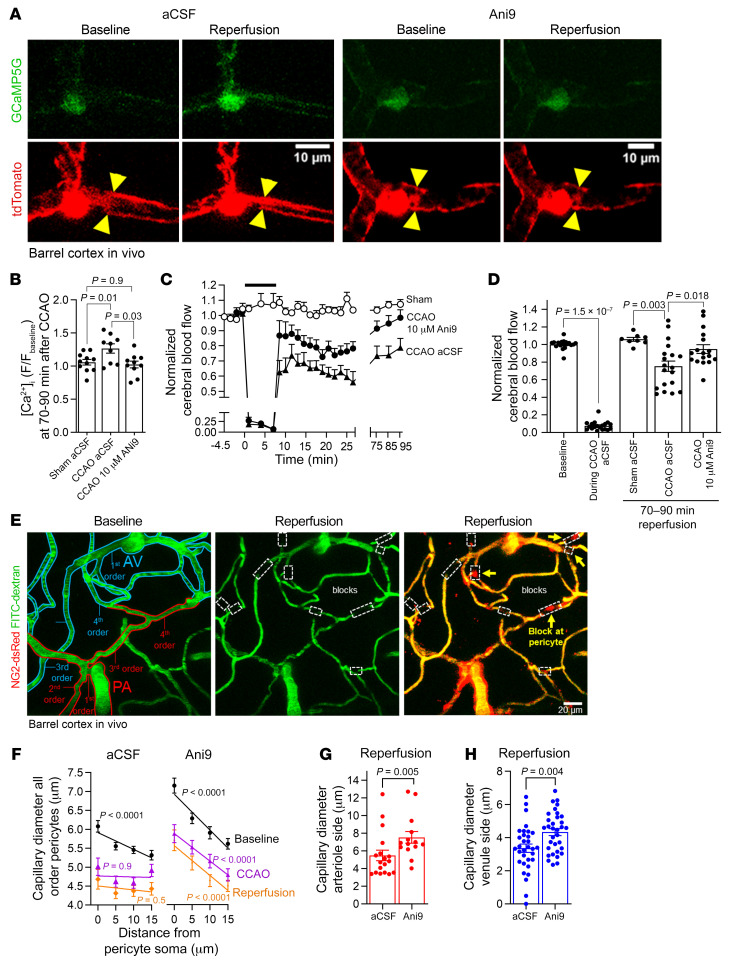Figure 7. Blocking TMEM16A reduces pericyte contraction and improves CBF after CCAO.
(A) In vivo barrel cortex pericytes in P36–P40 NG2-CreERT2-GCaMP5G mice before and after approximately 7.5 minutes of CCAO, following a 1-hour exposure to Ani9 (10 μM) or vehicle. Yellow triangles indicate sites of diameter changes. Scale bar: 10 μm. (B) Mean GCaMP5G fluorescence (F) in pericyte somata normalized to baseline prior to sham operation or CCAO. Data are measured at 70–90 minutes of reperfusion (sham, n = 11; CCAO, n = 9; CCAO+Ani9, n = 10) (1-way ANOVA, Tukey’s post hoc test). (C) Time course of normalized CBF from laser Doppler during sham operation or CCAO (black bar) without (aCSF, n = 19) or with Ani9 (10 μM, n = 17). (D) Normalized CBF at 70–90 minutes of reperfusion. Points are from individual animals (baseline CCAO, n = 19; sham, n = 8; CCAO, n = 19; Ani9, n = 17) (paired 2-tailed Wilcoxon’s test with continuity correction for “baseline” and “during CCAO aCSF” conditions; 1-way ANOVA with Dunnett’s post hoc test for other conditions). (E) In vivo barrel cortex of NG2-dsRed mouse with FITC-dextran in blood. Capillary branching orders are given from the PA or AV. Red and blue tracing indicate vessels on arteriole or venule side, respectively; white boxes denote occlusion sites; yellow arrows represent pericytes. Scale bar: 20 μm. (F) Mean baseline capillary diameter versus distance from pericyte soma for all branch orders, during CCAO and at 70–90 of minutes of reperfusion. Capillary branch orders are first to third order from arteriole (aCSF, n = 14; Ani9, n = 13); fourth to sixth order from arteriole or venule (aCSF, n = 4; Ani9, n = 7); or first to third order from venule (aCSF, n = 13; Ani9, n = 11). P values compare slope of the linear regression line with 0. (G) Mean first-order capillary diameter from PAs at 70–90 minutes of reperfusion (aCSF, n = 18; Ani9, 10 μM, n = 14). Points indicate individual capillary segments at 0–5 μm from pericyte somata (Mann-Whitney test). (H) As for G, for pericytes on first to third capillary branch order from AVs (aCSF, n = 32; Ani9, n = 33) (unpaired 2-tailed Student’s t test).

